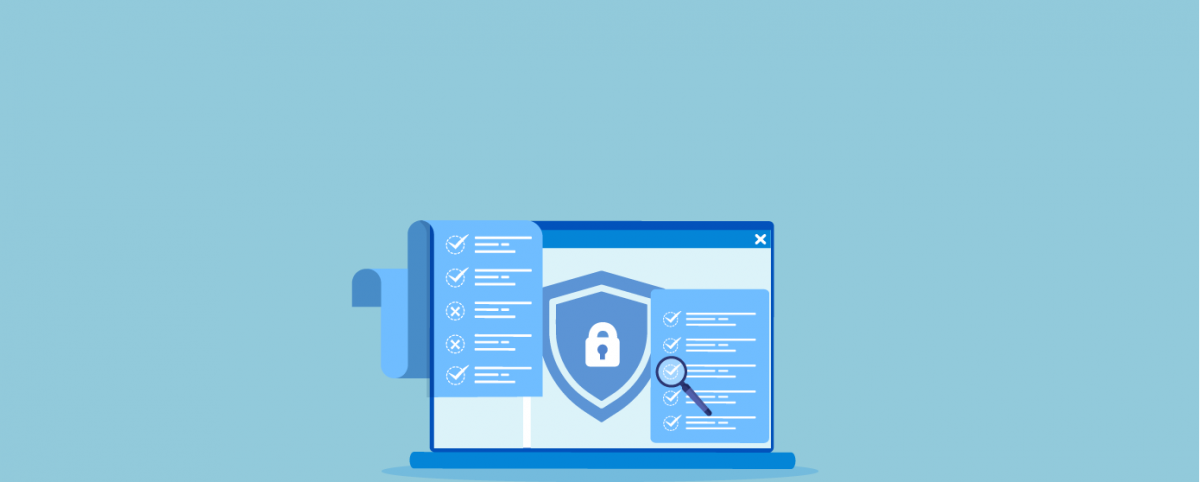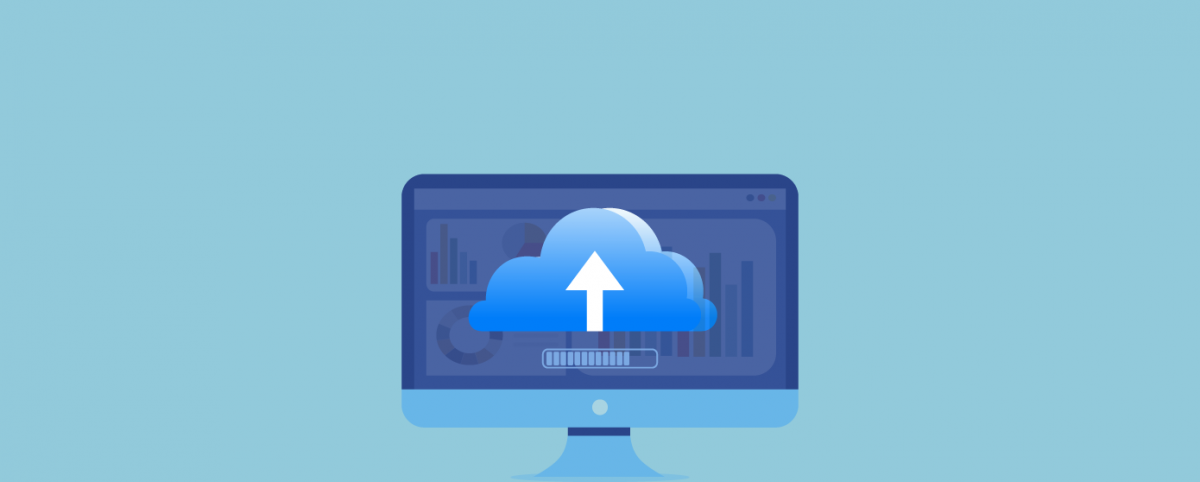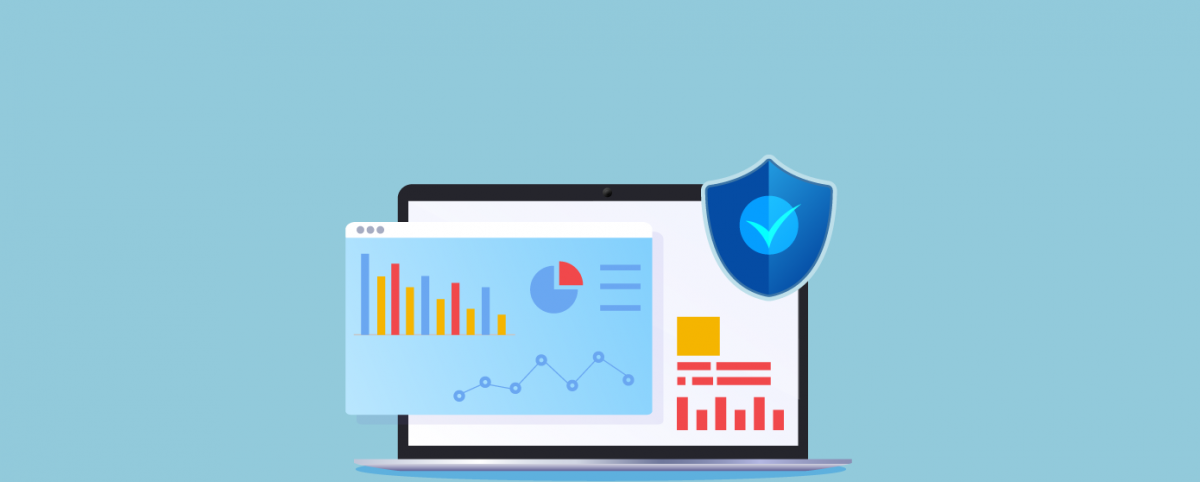10 Web Application Security Best Practices for 2020
Given the criticality of web applications in today’s fast-evolving and highly-competitive business environment, their security is a matter of business continuity. Successful attacks against web applications by malicious actors are known to cause hefty losses to the business (financial and legal costs, customer attrition, and reputational damage). By following web application security best practices, vulnerabilities can be proactively identified, web applications effectively protected, and losses prevented.
The web application security best practices for 2020 have been put together in this article to help businesses stay ahead of attackers and ensure sustained business health.
Web Application Security Best Practices for 2020
Ensuring Secure Coding Practices
Vulnerabilities, loopholes, and security misconfigurations are caused by insecure coding practices. For instance, the developers may use an open-source code without understanding its security implications to deliver the application quickly. If the code is inherently flawed or insecure, it will have negative consequences for the business.
The considerations of design, user experience, and speed should not trump security considerations. Features such as authentication, data security, access control, frameworks, plugins, themes, communication controls, etc. must be built with a security focus from the coding stage itself to save time, effort, and money later.
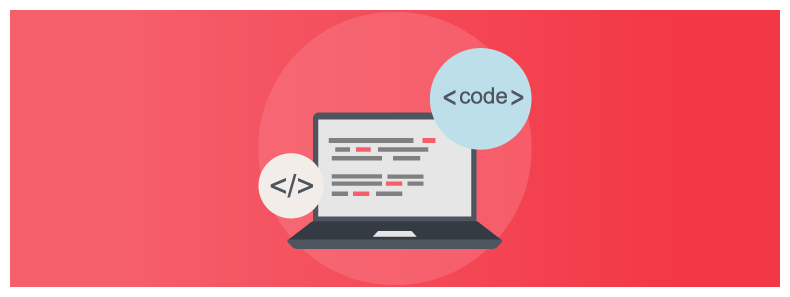
Data Encryption
Data is the new oil and attackers are continuously finding new ways to get to it. So, all data must be encrypted. Only encrypted data must be stored in the databases.
By installing an SSL (Secure Socket Layer), the HTTP (Hyper-Text Transfer Protocol) connection between the host (server/ firewall) and client (browser) is secure. The encryption of communication and data exchanged between the host and server is ensured by SSL. By having the HTTPS (SSL-secured HTTP) on the web pages (especially one with authentication and user input fields), user trust can be ensured.
Cautiously Granting Permission, Privileges and Access Controls
While the importance of strong access controls and multi-factor authentication cannot be stressed enough, the principle of least privilege must be followed. Only a minimal set of trusted people must be authorized to make changes to the system or access critical data. Restrictive file upload policies, automatic logout/ session expiry, hiding admin directories, login attempt minimization, etc. must be enforced for heightened security.
Leveraging Automation
Automation must be leveraged in web application security, especially for functions that involve repetitive and voluminous tasks such as web application scanning, signature/ behavior analysis, and DDoS mitigation. Speed, agility, reliability, and accuracy in such tasks is ensured by automation. When automation is used along with the expertise of security professionals, web application security can be fortified.
Continuous Identification, Prioritization, and Securing of Vulnerabilities
The gateway for the malicious activities of attackers is provided by vulnerabilities, which are continuously growing. It is important to be abreast of the emerging vulnerabilities and update the automated security solutions to look for and secure those new signatures too. When the security solutions are equipped with Global Threat Intelligence, they automatically update and look for new vulnerabilities.
The vulnerabilities must be proactively identified using scanning, security audits, and pen-testing. They must be prioritized and accordingly, secured using virtual patching and permanent fixes.
Inspection of All Incoming Traffic
Several attacks and data breaches can be avoided if all incoming traffic is inspected and the bad traffic filtered out and blocked instantaneously. This is best done by comprehensive, intelligent, and managed Web Application Firewalls (WAFs) such as AppTrana. When placed on the network perimeter, all requests must pass through the WAF which allows access only to legitimate users while blocking the malicious requests.
Regular Security Penetration Testing
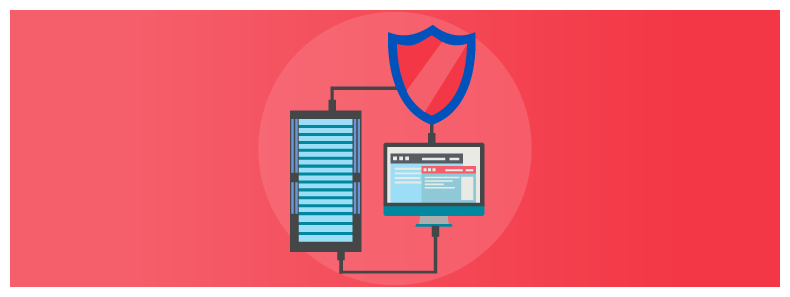
Through the real-time simulation of cyberattacks under secure conditions, unknown vulnerabilities, zero-day threats, business logic flaws, etc. can be identified by security penetration testing. The exploitability of different types of vulnerabilities and security misconfigurations and the strength of web application security are assessed too. The overall security posture can be strengthened if the actionable insights from regular tests are effectively leveraged.
Strengthening Webserver Security
All critical data and publicly accessible content are hosted and stored by webservers. Given their accessibility to the public, they are the most targeted by hackers. Compromising the webserver has a snowballing effect on the different components of the application and network. So, strengthening web server security is crucial for the safety of the entire IT infrastructure. Here are some ways:
- Unnecessary services must be removed to ensure minimal ports are open.
- Remote access to servers must be minimized.
- All security patches must be installed, and every component updated.
- Legacy and unused components/modules/application extensions must be removed, and the application cleaned regularly.
- Regular scanning and pen-testing
Close Monitoring of Key Threats
Key threats facing the organizations (including emerging threats) must be closely monitored and the application must be protected against the same. While being aware of all threats is good, the focus on critical threats must not be diverted.
Strategy Formulation and Documentation of Security Practices
A solid foundation for web application security is provided by the extremely important practice of strategy formulation and the documentation of security practices. When effectively strategized and documented, the solutions to different security issues and troubleshooting processes can help businesses in handling future issues quickly.
Conclusion
Web applications are central to businesses today to reach a global audience and improve their business outcomes. Given that web applications today are rooted in dynamism, the number of vulnerabilities facing the application has skyrocketed over time. With a growing threat landscape and increasing sophistication of attacks, businesses must follow the security best practices to ensure round-the-clock availability and business success. The services of security experts like AppTrana can be enlisted to keep abreast of and implement web application security best practices.
Stay tuned for more relevant and interesting security updates. Follow Indusface on Facebook, Twitter, and LinkedIn

 August 24, 2020
August 24, 2020


